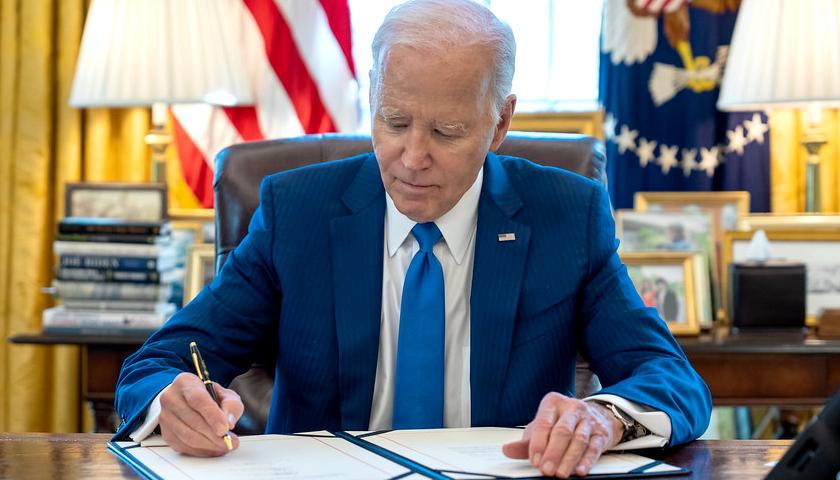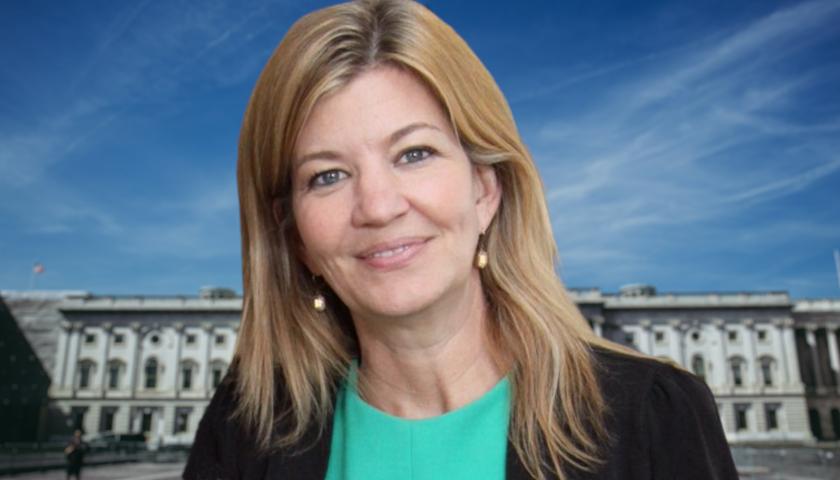by Mary Stroka
Minnesota’s minimum wages increase 2.5% Jan. 1.
The increases are an adjustment for inflation.
Outside of Minneapolis and St. Paul, large employers are those that have annual gross revenues of at least $500,000. Their new minimum wages will be $10.33. Companies outside of Minneapolis and St. Paul that have gross revenues lower than $500,000 must pay at least $8.42 an hour for all workers. The exceptions are employees under 20 years old who are in their first 90 consecutive days of employment and employees under 18 years old. Those employees earn a minimum $8.42 an hour at either type of employer.
The minimum wages in 2021 outside of Minneapolis and St. Paul have been $10.08 at large employers and $8.21 everywhere else. On an annual level, the wage increases, assuming 40-hour work weeks, amount to $20,966 to $21,486 for large employers and $17,077 to $17,514 for small employers.
Minneapolis and St. Paul have separate, higher minimum-wage rates, which are slated to reach $15 an hour at various points this decade based on size of employer (defined by number of employees), according to the 2021 minimum wage report the department released this month. In July, full-time Minneapolis workers began earning a minimum annual salary of $29,640 at large employers or $26,000 at small employers and St. Paul workers began earning minimum annual salaries of $26,000 at large employers and $22,880 at small employers. Those salaries increase July 1, 2022 to $31,200 at large employers and $28,080 at small employers in Minneapolis and $28,080 at large employers and $24,960 at small employers in St. Paul.
In 2021 dollars, the minimum wage of $10.08 at Minnesota’s large employer is higher than the United States and Minnesota rates seen from 1981 through 2015 but is lower than the average rate ($10.66) of the federal minimum wage for 1960 through 1980, the report said.
University of Michigan–Flint Associate Economics Professor Chris Douglas told The Center Square in an emailed statement Wednesday that a minimum wage increase would ordinarily help those who were able to keep their jobs and didn’t have their hours or fringe benefits reduced.
“These are disproportionately younger, single workers according to the Bureau of Labor Statistics, at least for the federal minimum wage,” he said. “Thus, the minimum wage is not a particularly well-targeted antipoverty program since these workers might be coming from middle or upper-middle class households. There is also an incentive to replace workers with machines if the minimum wage increases.”
However, these times are far from ordinary, he said.
The Minnesota report said the constant-dollar value of the state minimum wage is projected to decrease slightly through 2028, because the state minimum wage is based on the Implicit Price Inflator for Personal Consumption Expenditures, which is increasing less rapidly than the Consumer Price Index for Urban Consumers.
Center for American Experiment Economist John Phelan told The Center Square the minimum wage, like other wages, is decreasing with the increase in inflation, and as a result, a 2.5% increase in minimum wage is much less of a concern compared with the rise of inflation and the departure of Minnesotans from the workforce.
“There are fewer people employed in Minnesota now than there were at the start of the COVID-19 pandemic, and that’s not a great thing,” he said. “And one thing that’s not going to bring people back into the labor force is declining real wages.”
CPI, in a sense, is the amount of money spent in a given period divided by the amount of “stuff” bought in that period (real GDP), Phelan said. While the amount of money spent relative to the amount bought has “skyrocketed,” real GDP won’t rise quickly.
“We have this big rebound from the COVID shutdown at the backend of 2020, but economic growth now is kind of falling back in real terms to an average rate,” he said.
To solve this, the Federal Reserve needs to decrease its purchases of assets, he said.
“That’s the real culprit of all this,” he said.
– – –
Mary Stroka is a contributor to The Center Square.








